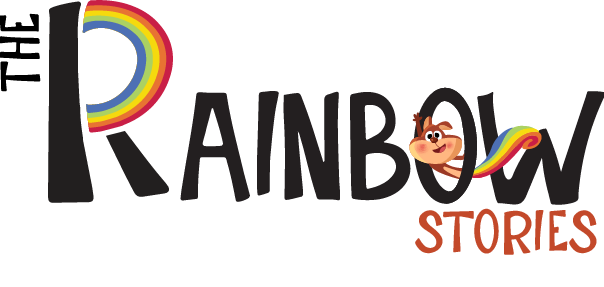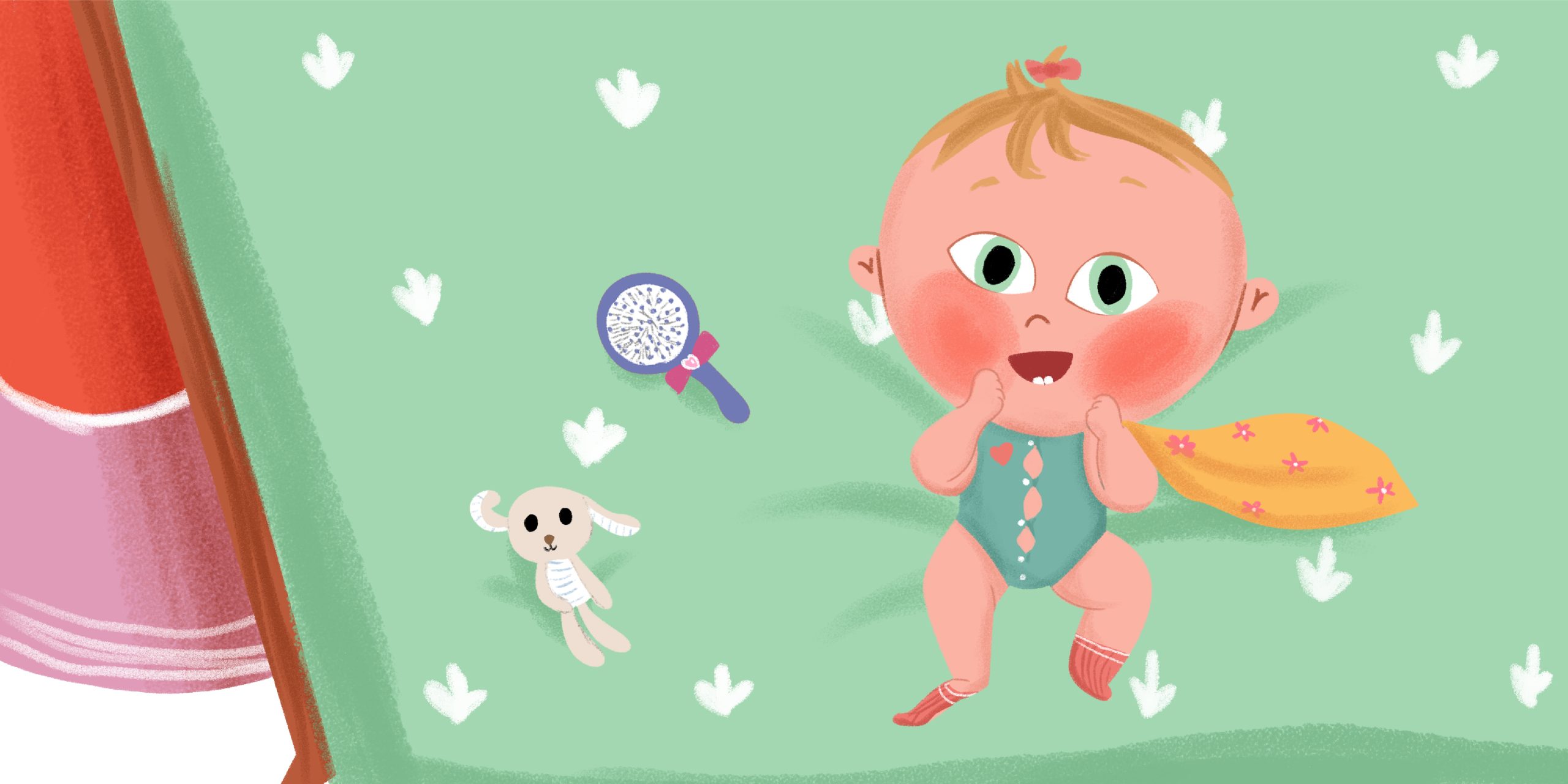Choosing the right baby picture book for early learning sets the foundation for language, bonding, and cognitive growth from the very beginning. High-quality board books or sensory-rich infant picture books support emergent literacy, as repeated exposure to illustrations and words promotes vocabulary development and narrative understanding.
Shared reading experiences—even just a few minutes daily build attention, exposure to rich language, and meaningful caregiver interaction. Whether you pair classic titles with interactive baby books or a personalized photo book for a baby’s first year, early book choices profoundly shape curiosity, emotional connection, and lifelong reading enjoyment.
Why Baby Picture Book Selection Matters
The Value of a Baby Picture Book
A well-chosen baby picture book offers far more than simple amusement—it cultivates emergent literacy, early vocabulary growth, and visual recognition skills. Studies show that reading aloud to infants strengthens neural pathways in language and memory centers, enhancing vocabulary exposure and cognitive readiness.
When caregivers engage interactively through simple prompts, pointing, or questions during storytime—it further stimulates speech development, focus, and reasoning abilities. By combining picture-rich books with caregiver dialogue, parents create a powerful early learning environment that lays the groundwork for language skills and emotional connection from the earliest months.For more on book types and stages, check out our Children’s Books Guide: From Baby Books to Toddler Favorites.
Key Features to Look For
Durability and Format
Choose sturdy baby picture book formats such as board or cloth books that resist tearing or chewing. Interactive baby books—those with textures, movable parts, or flaps—encourage toddlers to actively explore, supporting fine motor development and object permanence (turn0search27, turn0search14).
Visual Appeal & Contrast
Look for bold, high-contrast designs and easily recognizable images. Infants prefer simple shapes and patterns, and these visual cues support tracking, attention, and early visual processing (turn0search31).
Sensory & Interactive Elements
Interactive formats—like lift-the-flap, touch-and-feel, and pop-up books—engage infants through play. These interactive baby books stimulate senses, curiosity, and physical interaction. Research indicates such shared book-reading promotes language development, narrative comprehension, and early cognitive skills (turn0search1, turn0search3).
Promoting Language & Early Learning
Books that introduce colors, shapes, animals, and everyday routines support early vocabulary. Simple picture books help babies map words to visuals and build comprehension through repetitive naming. This strategy encourages early childhood reading routines and builds emergent literacy foundations (turn0search26, turn0search2).
Culturally Inclusive & Emotionally Supportive Books
Select books that depict diversity in appearance, family structure, and culture. These promote emotional recognition and empathy from an early age. Including mirrors or familiar faces, such as in photo books for babies or custom baby books with pictures, helps infants associate names with recognition and attachment.Learn more about why personalization matters in our guide on Personalized vs. Traditional Baby Books.
Building a Reading Routine
Establish a reading ritual—like before bed or after playtime—with a baby picture book and caregiver interaction. Pause to ask simple prompts: “What’s this?” or “How does this feel?” Joint reading helps babies learn naming, listening, and engagement skills (turn0search4, turn0search18). Even five minutes a day builds vocabulary exposure—babies exposed to reading hear over 1.4 million words by age five (turn0news21).
Recommended Books by Age Range
- Newborns to 12 Months: Choose rhythmic board books or infant picture books approved for sensory interest—Pat the Bunny, Baby Faces, or First 100 Words offer touch, sound, and simplicity (turn0news24, turn0search14).
- 12–24 Months: Interactive baby books like books for babies with pictures that lift, flip, or move engage toddlers as their motor skills progress. Titles with familiar routines and short phrasing work best.
- Photo-Based Custom Options: A baby first year photo book or custom baby book with pictures featuring family members, pets, or favorite objects enriches familiarity and emotional comfort—particularly effective for bedtime or shared reading moments.
Interactive Play & Parent Participation
Interactive baby books invite toddlers to tap, flap, or repeat simple phrases—turning storytime into active play. Parents can scaffold early learning by naming objects, pointing to images, and inviting imitation. This shared interaction builds conversational turn-taking and vocabulary, key ingredients of early childhood education success (turn0search8, turn0search13). For more about how interactive storytelling supports development, read The Science Behind Imaginative Play and Personalized Storytelling.
Summary: Combining Features for Optimal Learning
The best baby picture book blends durability, sensory engagement, rhythmic language, and personalization. Pairing classic infant board books with a custom baby book with pictures or baby first year photo book gives familiarity, identity reinforcement, and emotional resonance. Interactive features turn reading into shared play, strengthening cognitive, emotional, and linguistic development through early childhood.
Conclusion:
Selecting the right baby picture book isn’t just about stories—it’s a gateway to foundational brain growth, emotional bonding, and early literacy. Shared reading—even just a few minutes daily stimulates language centers, strengthens vocabulary, and fosters parent-child connection during the first critical years of development.
When you choose interactive formats or incorporate a personalized photo book for a baby’s first year, those visuals reinforce identity, recognition, and memory. In combining sensory appeal, thoughtful narration, and photo-based familiarity, these books support emergent literacy, cognitive growth, and bonding.Start building a purposeful, joyful early reading habit today with The Rainbow Stories where every page sparks learning, bonding, and lifelong love for books.

